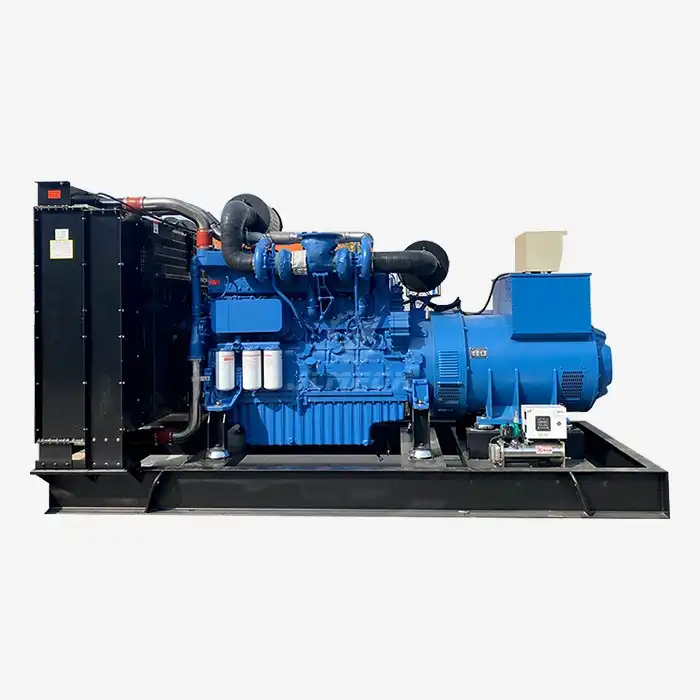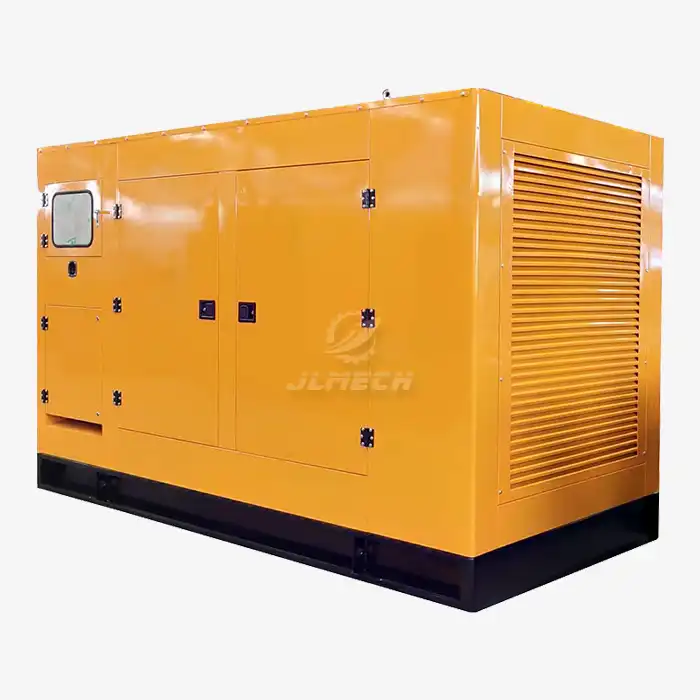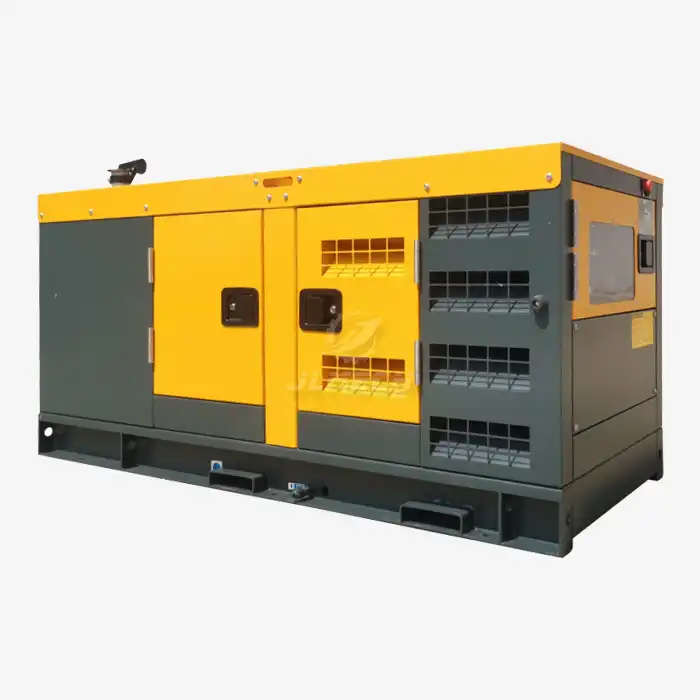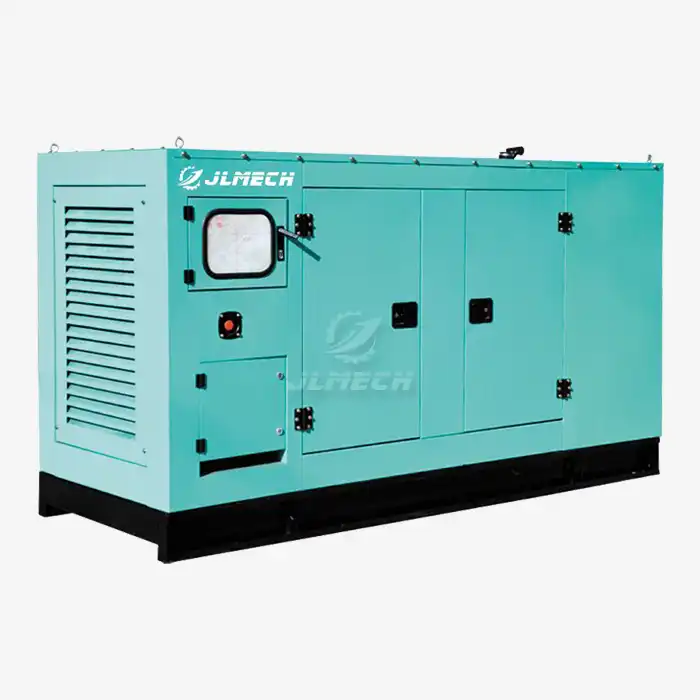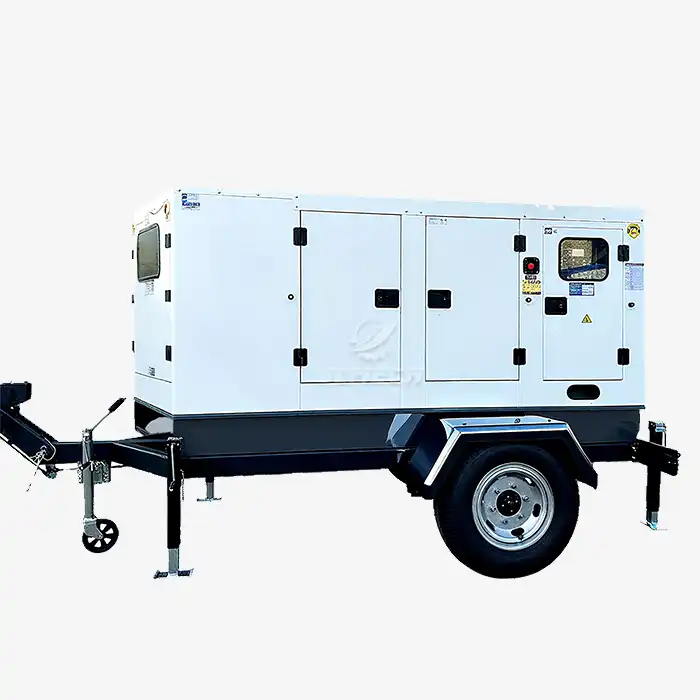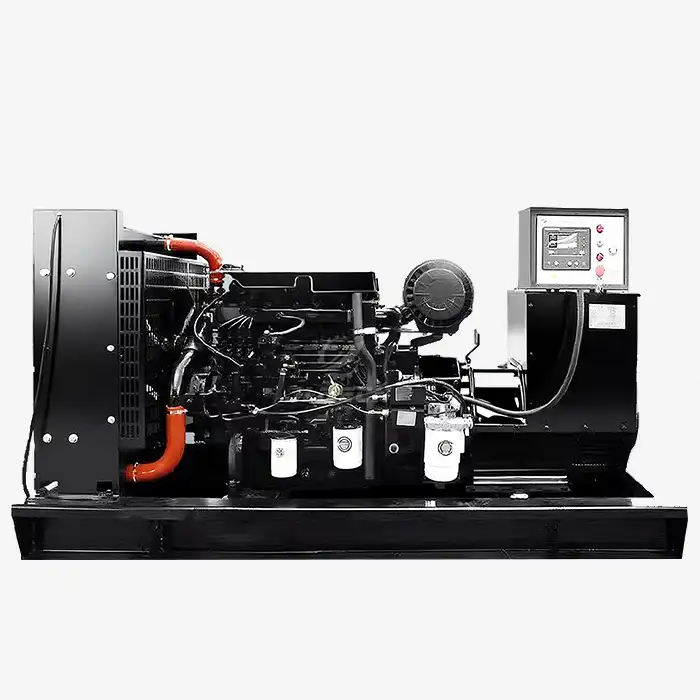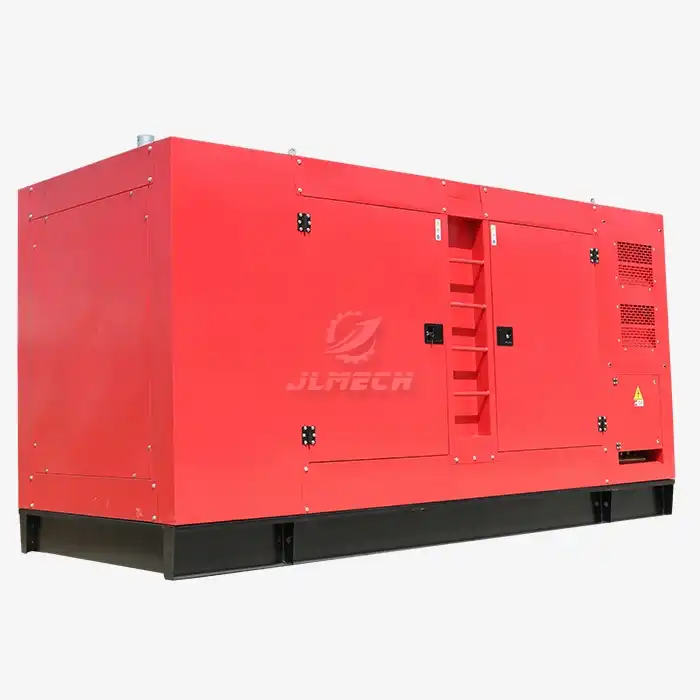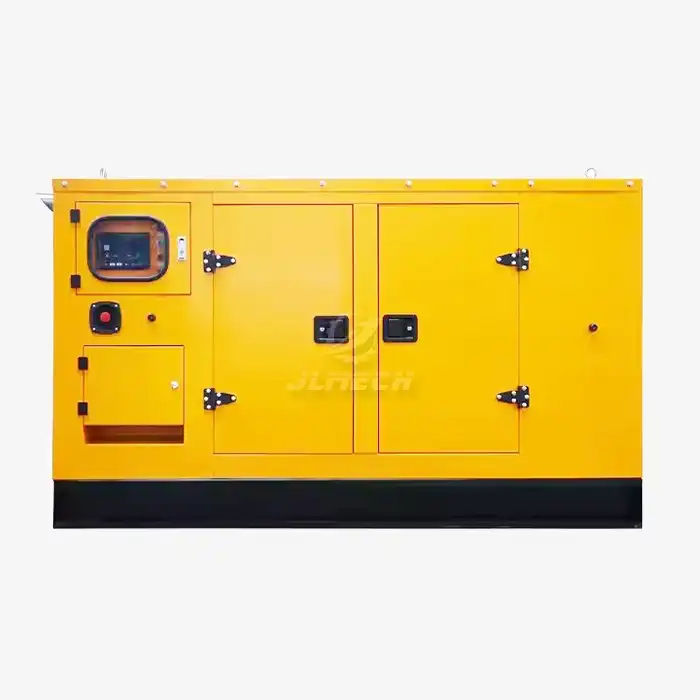What can a 20 kVA generator run?
A 20 kVA generator is a versatile and robust power solution designed to deliver reliable electricity in various settings where grid power is unavailable, unstable, or insufficient. With an approximate continuous power output of 16-18 kW (assuming a power factor of 0.8), this generator falls into the medium power range, making it suitable for both standby and prime power applications across industries. Its design often includes features like diesel engines, turbocharging, and soundproof enclosures, ensuring durability, fuel efficiency, and quieter operation. For businesses, a 20 kVA generator serves as a critical asset for maintaining productivity during outages or powering remote operations, and proper commercial generator sizing is essential to match its capabilities to specific needs.

What Can a 20 kVA Generator Power?
A 20 kVA generator can support a wide range of equipment, but it is crucial to balance the load and account for starting surges, especially for motor-driven devices. Below are common applications and devices it can run, categorized by industry:
Construction Sites:
Handheld power tools (e.g., drills, grinders).
Small concrete mixers and water pumps.
Lighting systems (multiple LED lights).
Welding machines and small compressors.
Note: Avoid simultaneous starting of high-surge devices like large motors.
Small to Medium Businesses:
Retail stores: Lighting, POS systems, refrigerators, and freezers.
Offices: Computers, servers, printers, and small air conditioning units (1-2 units).
Cafés and restaurants: Coffee machines, ovens, and ventilation fans.
Industrial and Agricultural Use:
Farming: Feed mixers, irrigation pumps, electric fences, and ventilation systems.
Telecommunications: Base stations and network equipment.
Healthcare: Critical medical devices (e.g., ventilators, diagnostic equipment) in small clinics.
Residential Backup Power:
Essential appliances: Refrigerators, lights, fans, and WiFi routers.
Water pumps and heating system controls.
Note: It is typically not sufficient for central air conditioning or large electric water heaters.
To ensure optimal performance, the total running load should not exceed 14-16 kW, with a safety margin of 20-25% for surge demands. Proper commercial generator sizing requires calculating both running and starting watts to avoid overloads.
Key Features of a 20 kVA Generator
Modern 20 kVA generators come with features designed for reliability and efficiency:
Diesel Engine Efficiency: Diesel engines offer high fuel efficiency and durability, ideal for continuous operation. Turbocharged models enhance performance at high altitudes and reduce fuel consumption.
Silent Operation: Soundproof enclosures reduce noise levels to 65-85 dB, making them suitable for residential areas or noise-sensitive environments.
Portability and Protection: Many models include towable trailers or skid bases for mobility, and weatherproof enclosures (IP23 or higher) for outdoor use.
Advanced Controls: Options include automatic transfer switches (ATS) for seamless power transition during outages, and digital monitors for voltage, frequency, and load management.
These features make the 20 kVA generator a adaptable solution for diverse commercial needs, but proper commercial generator sizing is necessary to leverage these advantages fully.
Is a 20 kVA Generator Right for You? A Practical Guide
To determine if a 20 kVA generator meets your requirements, follow these steps:
List Your Equipment: Identify all devices to be powered, noting their running and starting watts (check manufacturer labels for specifications).
Calculate Total Power Needs: Sum the running watts of all devices. Add the highest starting wattage (e.g., from motors) to this total to account for surge demands.
Apply a Safety Margin: Include a 20-25% buffer to accommodate future expansion or unforeseen loads.
Consider Environmental Factors: Altitude, temperature, and humidity can affect performance. Generators may derate by 3-5% per 1,000 feet above sea level.
Plan for Future Growth: If your power needs might increase, consider a larger model or a scalable system to avoid costly upgrades later.
Example Calculation:
Running watts: 12 kW (e.g., lights, tools, appliances).
Starting watts: 4 kW (from a large motor).
Total requirement: 16 kW + 20% buffer = 19.2 kW.
A 20 kVA generator (16 kW) may be insufficient; consider a larger size or manage loads carefully.
For precise assessments, consult a professional to ensure optimal commercial generator sizing and avoid operational risks.
Conclusion
A 20 kVA generator is a powerful and flexible solution for businesses and industries requiring reliable backup or primary power. It can support critical equipment in construction, retail, agriculture, and healthcare, but success depends on accurate load calculation and sizing. Proper commercial generator sizing not only ensures efficiency and longevity but also prevents costly downtime and equipment damage. By understanding your power needs and accounting for factors like starting surges and environmental conditions, you can make an informed decision that safeguards your operations.
Choose JLMECH for Your Power Solutions
At JLMECH, we specialize in providing high-quality diesel generators tailored to your unique needs. With decades of expertise in power generation, we are committed to delivering reliable, efficient, and cost-effective solutions for businesses worldwide. Our team of experts will guide you through the entire process—from initial load assessment and commercial generator sizing to installation and maintenance—ensuring you get the perfect generator for your requirements.
Contact us today to discuss your project needs or request a free consultation:
Email: skala@whjlmech.com
Services: Custom generator design, installation support, and ongoing maintenance.
Let us help you find the ideal power solution that guarantees performance and peace of mind.
References
International Organization for Standardization. (2022). ISO 8528-1:2022 - Rotary diesel generating sets - Part 1: Application, ratings and performance.
U.S. Department of Energy. (2021). Best Practices for Diesel Power Generation in Industrial Applications. DOE Technical Reports.
Roberts, S., & Nielsen, T. (2022). The True Cost of Power Interruptions in Large-Scale Mining. Resources Policy, 75, 101521.
Johnson, M. (2022). Emergency Power Systems: A Comprehensive Guide to High-Speed Diesel Generators. Power Engineering Quarterly, 45(3), 78-92.
MacDonald, L. (2022). Power System Design for Remote Mining Sites. Mining Engineering Journal, 34(4), 56-67.



